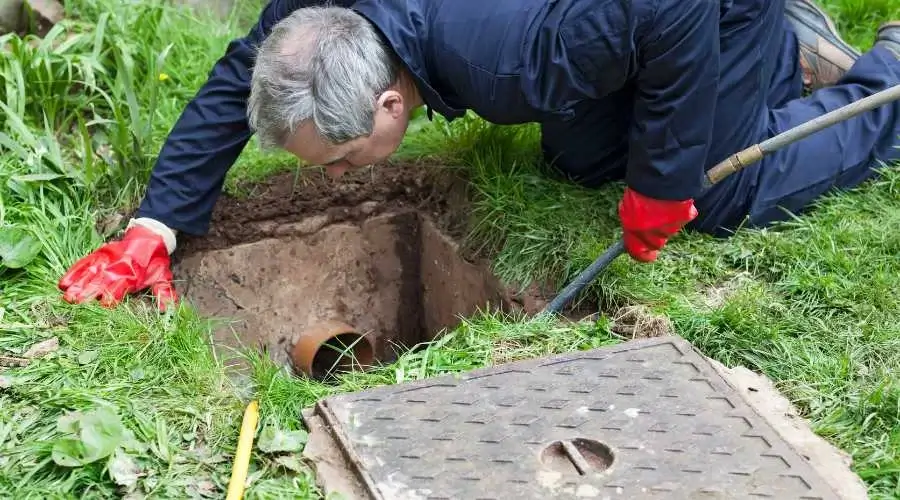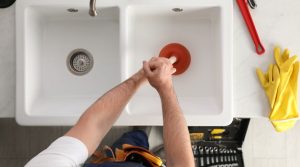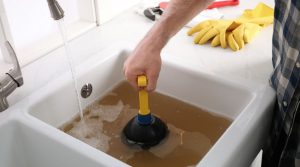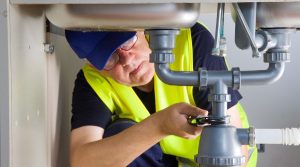Most of Passaic NJ’s intricate plumbing system comprises main sewer drains. If these drains and central lines were there, your house or business would need better waste treatment and transportation.
Due to the fact that the sewage drains and pipes are underground, the locals often need to give them more thought. It can be problematic if you need help understanding the fundamentals of your community’s sewage systems when severe pain occurs. Let’s look at some of the critical characteristics of main sewage drains and their significant function in Passaic NJ.
Basics of Sewer Main Drains
Water and garbage are transported in and out of the city through a well-developed pipeline network in Passaic NJ. To do this, the network depends on the main sewage pipe that runs under the streets. Depending on the pipe size, these lines may sometimes be made of PVC, cast iron, copper, or bronze. The smaller lateral lines from residences and other structures are linked to the bigger main drain, where waste is sent to another place. These lines typically have diameters between four and six inches.
Each shower, toilet, washing machine, and sink has tubes exiting the main sewage lines. Given the number of systems that combine into one waste pipe, even a little obstruction there might impact the other plumbing systems in your home.
Sewage main lines are designed to have the capacity to manage the quantity of rubbish that the community produces. New building construction involves extending the sewage main line’s lateral pipes, increasing the strain on the whole system. The city may encounter a significant blockage if the increased volume overwhelms the main drain.
Types of Sewer Drains
The combined sewer system is utilized to transport rubbish across Passaic NJ. This system consists of combined sanitary and storm sewers. Sanitary sewers are the pipes that carry To a treatment plant wastewater from residences and businesses.
Storm sewers serve the same purpose but transport additional materials and waste from runoff.
Combined sewer systems carry both sewage and stormwater to treatment facilities. With these larger systems, rainwater helps dilute the sewage, relieving the treatment facility of some pressure. By treating both resources simultaneously, water quality standards may be reached more rapidly, and the water can be distributed more effectively after filtration and treatment.
Main Sewer Drains vs. Lateral Lines
When figuring out the difference between main sewage lines and lateral lines, it helps to think of the whole system as a tree. The residential and commercial structures must be connected to the city’s entire network of underground sewage lines. To do this, lateral drain pipes are connected to the main sewage line—all lateral lines branch off the main line, which is the most extensive and resilient pipe system.
These connection points are necessary for the plumbing systems in Passaic NJ to operate well. Any damage to the lateral lines can have a negative impact on the homes and businesses close by, demanding expert assistance. When you suspect a problem anywhere along your old pipes, it is imperative to see a professional for pipelining and cleanout services.
Sewer Drain Repair Solutions
Although homes and businesses are directly connected to lateral lines, the municipality maintains and monitors the sewage main line. The owners of these properties are liable for any damages up to the connection points and are obligated to seek repair and cleanup assistance as needed.
If you are a homeowner in Passaic NJ, it may not seem important to comprehend the difference between the main sewage line and the lateral lines. However, knowing this information can help you decide what to do in case of system damage.
Even if the lateral drain line is too small, the mainline may be observed using a camera to reveal the nature of the current issue. In this case, a knowledgeable plumber would use video inspection tools to locate any obstructions and promptly resolve the issue.
Main Sewer Lines and Wastewater
Water from sinks and toilets is fed into the central sewage system through lateral pipes, purified of debris and toxins before being released into the environment. Because of their frequent usage, these pipes must be durable. Additionally, some of these plumbing systems’ more delicate parts can be prone to damage from tree root intrusion.
In Passaic NJ, the city ensures that wastewater is moved and handled correctly to maintain the security of residents and visitors. The water is inspected, filtered, and treated at the Passaic NJ Regional Wastewater Treatment Plant before being released into Passaic NJ.
Cleaning the major sewage lines regularly can help avoid unwanted obstacles and subsequent flooding of the public streets. Sewage line clogs from debris, such as leaves and branches, may easily be avoided with the right tools and expertise. Municipalities should also check restaurant grease traps to ensure that an excessive grease buildup doesn’t cause a severe impediment.
Consult a Professional Passaic NJ Plumber for Sewer Main Drain Repairs
A sewage main drain will eventually need more upkeep. Older materials, rusty pipes, tree roots, or a simple barrier might all be to blame for that issue. Regardless of the cause of the problem, a sewage main line will need professional help to resume regular operation.
CBJ Passaic Plumbers provides services to maintain municipal sewage main drains in good working condition and prevent unwelcome clogs or damaged pipes from accessing your property. Our staff can do sectional point repair, cured-in-place lateral pipe lining, and other sewer drain maintenance treatments to guarantee Passaic NJ sewage drains are very durable.
Putting off sewage issues won’t make them go away. Instead, contact a local professional when you anticipate a more significant problem with your underground pipe system. Contact CBJ Passaic Plumbers right now to learn more about trenchless sewage line repair alternatives!






